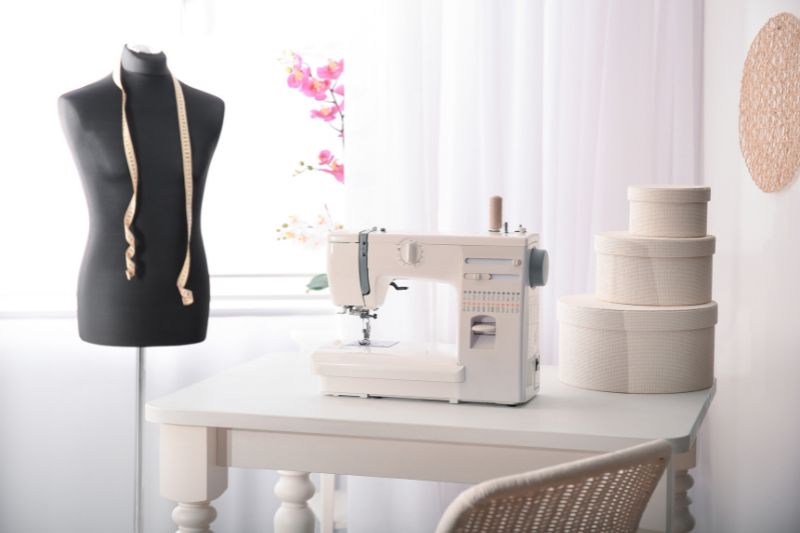The design process of a corset involves a combination of artistry, pattern-making, and an understanding of the body’s contours. Here is a general overview of how the designing of a corset typically works:
- Conceptualization and Inspiration:
- The design process begins with conceptualization. Designers draw inspiration from historical corsetry, fashion trends, or artistic elements. They may create mood boards, sketches, or digital renderings to develop a visual concept for the corset.
- Understanding Body Anatomy:
- Designers need a thorough understanding of human anatomy, particularly the torso and waist area. This knowledge is crucial for creating a corset that not only looks aesthetically pleasing but also provides proper support and shaping.
- Measurement and Sizing:
- Accurate measurements are essential in corset design. Designers take precise measurements of the wearer’s body, paying attention to the bust, waist, and hip measurements. This information helps create a customized pattern that fits the individual’s unique proportions.
- Pattern Drafting:
- The next step involves pattern drafting, where designers translate the measurements into a flat pattern. This pattern serves as a blueprint for the corset, indicating the shape and size of each panel. Corsets typically consist of multiple panels that are strategically shaped to contour the body.
- Mock-up or Toile Creation:
- Before creating the final corset, designers often make a mock-up or toile. This is a prototype of the corset made from inexpensive fabric. The toile allows designers to assess the fit, make adjustments to the pattern, and ensure that the corset will provide the desired shaping effect.
- Material Selection:
- Once the pattern is perfected, designers choose the materials for the final corset. Traditional corsets are often made from sturdy fabrics such as coutil (a strong, non-stretch cotton), satin, or brocade. Modern corsets may incorporate a variety of materials, including mesh, leather, or even unconventional fabrics.
- Construction Techniques:
- Corsets are constructed using various sewing and construction techniques. Boning channels are sewn into the fabric to hold rigid or flexible boning materials, such as steel or plastic. The choice of boning affects the corset’s level of support and shaping.
- Fastenings and Embellishments:
- Designers decide on the type of closure for the corset. Traditional corsets often feature a busk (a rigid front closure) and lacing at the back. Modern designs may incorporate zippers, hooks, or other closures. Embellishments such as lace, trims, and decorative elements are added to enhance the aesthetic appeal.
- Fitting Sessions:
- Fitting sessions with the wearer are crucial for ensuring the corset fits well and provides the desired shaping effect. Adjustments may be made during these sessions to achieve the perfect fit.
- Final Finishing:
- Once the corset is perfected and fits correctly, the final finishing touches are added. This includes securing all seams, adding any final embellishments, and ensuring that the corset is both functional and visually appealing.
- Quality Control:
- Before the corset is released for production or sold to customers, it undergoes quality control checks to ensure that it meets the designer’s standards for craftsmanship, fit, and durability.
The design of a corset is a meticulous process that requires a combination of skill, technical expertise, and creativity. The goal is to create a garment that not only enhances the wearer’s figure but also reflects the designer’s vision and the historical or contemporary context in which the corset is intended to be worn.


